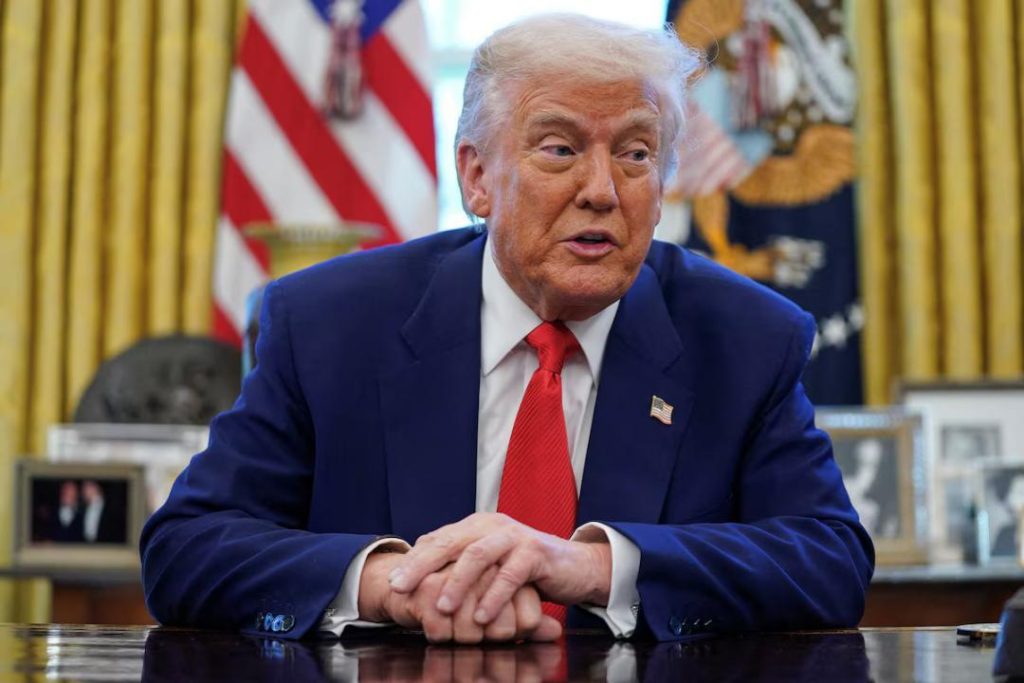
Total Reset Negotiated: Donald Trump on US & China Trade Talks
The ongoing trade war between the United States and China has been a major point of contention in international politics for years. The tariffs imposed by both countries have resulted in significant economic losses for both nations, and the world is eagerly waiting for a resolution. Recently, the US President Donald Trump announced that the trade talks with China have concluded, with a “total reset negotiated in a friendly, but constructive manner”. In this blog post, we will delve into the details of the negotiations and what this means for the future of US-China trade relations.
The trade talks began in Geneva, Switzerland, on May 10, 2025, with both sides aiming to resolve their differences and reach a mutually beneficial agreement. The negotiations were led by US Trade Representative Robert Lighthizer and Chinese Vice Premier Liu He, with Trump and Chinese President Xi Jinping keeping a close eye on the proceedings.
According to Trump, the talks went well, and the two sides made great progress. “We want to see, for the good of both China and the US, an opening up of China to American business,” Trump said. This is a significant departure from the US’s previous stance, which has been focused on reducing China’s trade surpluses and promoting American exports.
So, what does this mean for the future of US-China trade relations? First and foremost, it signals a shift in the US’s approach towards China. Rather than focusing solely on reducing China’s trade surpluses, the US is now looking to increase its access to the Chinese market. This is a significant change, as it acknowledges that China’s economic growth is not solely dependent on its exports, but also on its domestic consumption.
Another important aspect of the agreement is the opening up of China’s markets to American business. China has been accused of restrictive trade practices, such as intellectual property theft and forced technology transfers, which have hindered American companies’ ability to operate in the country. The agreement appears to address these concerns, with China agreeing to increase its transparency and openness to American businesses.
The agreement also includes provisions for cooperation on issues such as intellectual property, technology transfer, and cybersecurity. These provisions are critical, as they will help to ensure that both countries are able to benefit from their trade relationship without compromising their national security or intellectual property.
However, not everyone is pleased with the agreement. Some critics have argued that the US has given away too much, and that the agreement does not address the fundamental issues that led to the trade war in the first place. They point out that China has made limited concessions, and that the agreement does not include any meaningful enforcement mechanisms.
Despite these criticisms, the agreement is a significant step forward in US-China trade relations. It demonstrates that both sides are willing to work together to resolve their differences, and that they are committed to finding a mutually beneficial solution.
In conclusion, the total reset negotiated by the US and China is a significant development in international trade relations. It signals a shift in the US’s approach towards China, and acknowledges that China’s economic growth is not solely dependent on its exports, but also on its domestic consumption. The agreement also includes provisions for cooperation on issues such as intellectual property, technology transfer, and cybersecurity, which are critical for ensuring that both countries can benefit from their trade relationship without compromising their national security or intellectual property.
Sources:
https://www.reuters.com/world/china/china-us-trade-talks-begin-geneva-2025-05-10/






